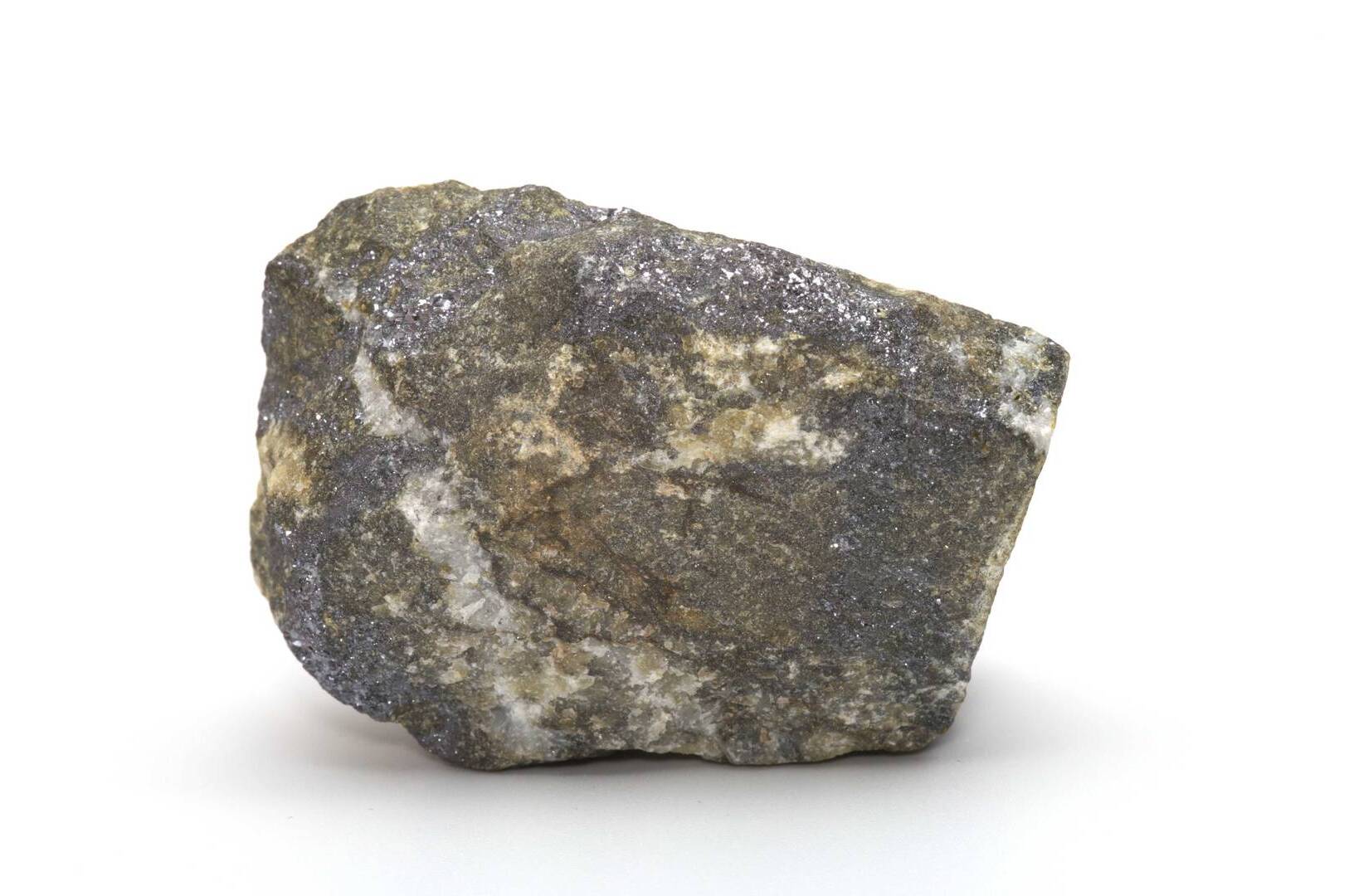
Geochronology is the science of determining the age of rocks, fossils, and sediments. It helps scientists understand Earth's history and the timing of geological events. Ever wondered how we know the age of ancient artifacts or the timeline of Earth's formation? Geochronology provides the answers. Using techniques like radiometric dating, scientists can pinpoint the age of materials with impressive accuracy. This field combines chemistry, physics, and geology to unravel the mysteries of our planet's past. From the age of dinosaurs to the formation of mountains, geochronology plays a crucial role in piecing together Earth's story. Ready to dive into some intriguing facts about this fascinating science?
Key Takeaways:
- Geochronology helps scientists figure out how old rocks, fossils, and sediments are. It uses cool methods like radiometric dating and tree-ring dating to learn about Earth's history and past events.
- Geochronology has led to big discoveries, like figuring out the age of the Earth and understanding the extinction of dinosaurs. It's always getting better with new techniques and technology!
What is Geochronology?
Geochronology is the science of determining the age of rocks, fossils, and sediments. It helps scientists understand Earth's history and the timing of geological events. Here are some fascinating facts about this field.
- Geochronology uses both relative and absolute dating methods to determine the age of geological materials.
- Radiometric dating is one of the most common techniques, relying on the decay of radioactive isotopes.
- Carbon-14 dating is a well-known method used to date organic materials up to about 50,000 years old.
- Uranium-lead dating can date rocks that are billions of years old, making it useful for studying Earth's early history.
- The oldest rocks on Earth have been dated to about 4 billion years using geochronological methods.
Techniques in Geochronology
Different techniques are used to date geological materials, each with its own strengths and limitations.
- Potassium-argon dating is often used to date volcanic rocks and ash layers.
- Argon-argon dating is a more advanced form of potassium-argon dating, providing more precise results.
- Fission track dating involves counting the damage tracks left by the spontaneous fission of uranium-238.
- Luminescence dating measures the amount of trapped electrons in minerals to determine the last time they were exposed to sunlight or heat.
- Dendrochronology, or tree-ring dating, can date wooden objects and provide information about past climate conditions.
Applications of Geochronology
Geochronology has a wide range of applications in various scientific fields.
- It helps paleontologists date fossils and understand the evolution of life on Earth.
- Archaeologists use it to date artifacts and understand human history.
- Geologists use it to study the timing of geological events like volcanic eruptions and earthquakes.
- Climate scientists use it to reconstruct past climate changes and understand current trends.
- Oceanographers use it to study the age of ocean sediments and understand the history of ocean circulation.
Challenges in Geochronology
Despite its importance, geochronology faces several challenges.
- Contamination of samples can lead to inaccurate results.
- Some dating methods require very specific conditions, limiting their applicability.
- The precision of dating methods can vary, affecting the accuracy of age estimates.
- Interpreting geochronological data often requires complex models and assumptions.
- Advances in technology are continually improving the accuracy and precision of geochronological methods.
Famous Discoveries in Geochronology
Geochronology has led to many significant discoveries that have shaped our understanding of Earth's history.
- The age of the Earth was first accurately estimated using radiometric dating in the early 20th century.
- The discovery of the Chicxulub crater provided evidence for the asteroid impact that caused the extinction of the dinosaurs.
- Dating of the Burgess Shale fossils helped scientists understand the Cambrian Explosion, a period of rapid evolution.
- Geochronology has helped identify the timing of major ice ages and their impact on Earth's climate.
- The dating of lunar rocks brought back by the Apollo missions provided insights into the history of the Moon.
Future of Geochronology
The field of geochronology continues to evolve, with new techniques and technologies on the horizon.
- Advances in mass spectrometry are improving the precision of radiometric dating.
- New methods are being developed to date previously undatable materials.
- Improved computational models are helping scientists better interpret geochronological data.
- Interdisciplinary research is expanding the applications of geochronology to new fields.
- Ongoing research is helping to refine our understanding of Earth's history and the timing of geological events.
The Final Word on Geochronology
Geochronology, the science of determining the age of rocks, fossils, and sediments, plays a crucial role in understanding Earth's history. From radiometric dating to dendrochronology, these methods provide insights into geological events and processes. Knowing the age of formations helps scientists piece together the planet's past, predict future changes, and even find natural resources.
This field isn't just for scientists. Anyone curious about Earth's history can appreciate the fascinating facts geochronology reveals. Whether it's learning about the oldest rocks on Earth or understanding how tree rings tell time, there's always something new to discover.
So, next time you look at a rock or a fossil, remember the incredible journey it has taken through time. Geochronology helps us appreciate the dynamic and ever-changing nature of our planet. Keep exploring, and who knows what other secrets Earth has yet to reveal?
Frequently Asked Questions
Was this page helpful?
Our commitment to delivering trustworthy and engaging content is at the heart of what we do. Each fact on our site is contributed by real users like you, bringing a wealth of diverse insights and information. To ensure the highest standards of accuracy and reliability, our dedicated editors meticulously review each submission. This process guarantees that the facts we share are not only fascinating but also credible. Trust in our commitment to quality and authenticity as you explore and learn with us.
